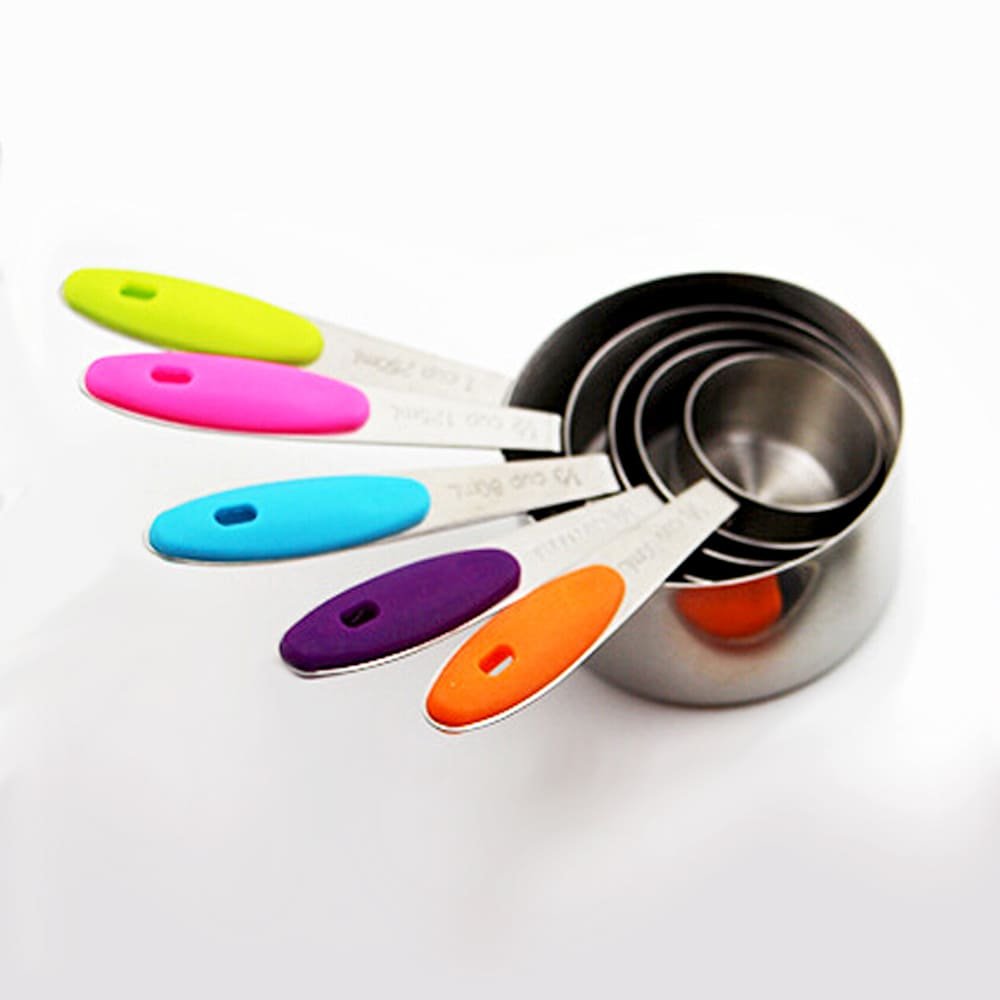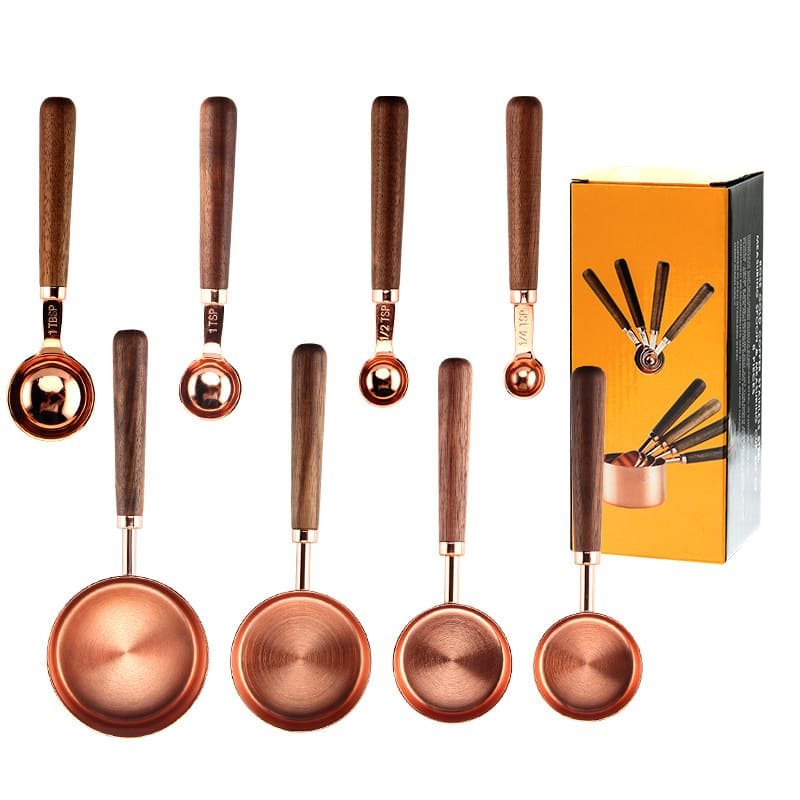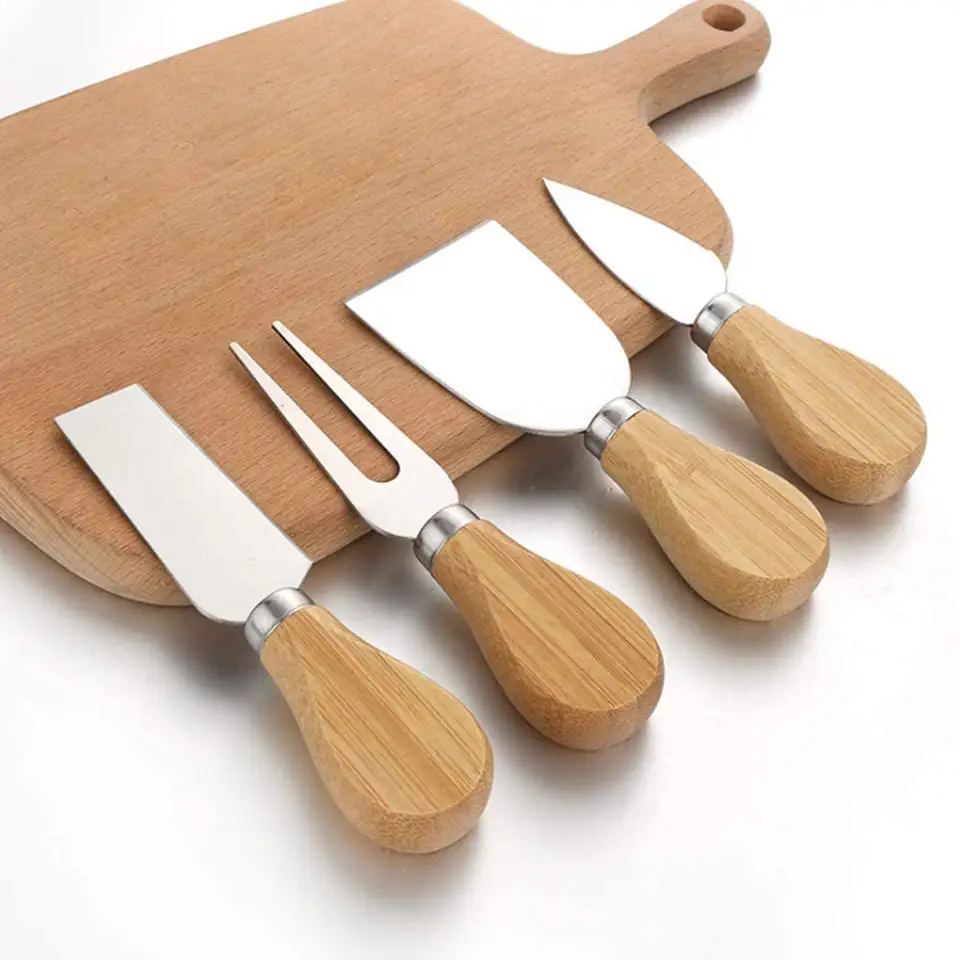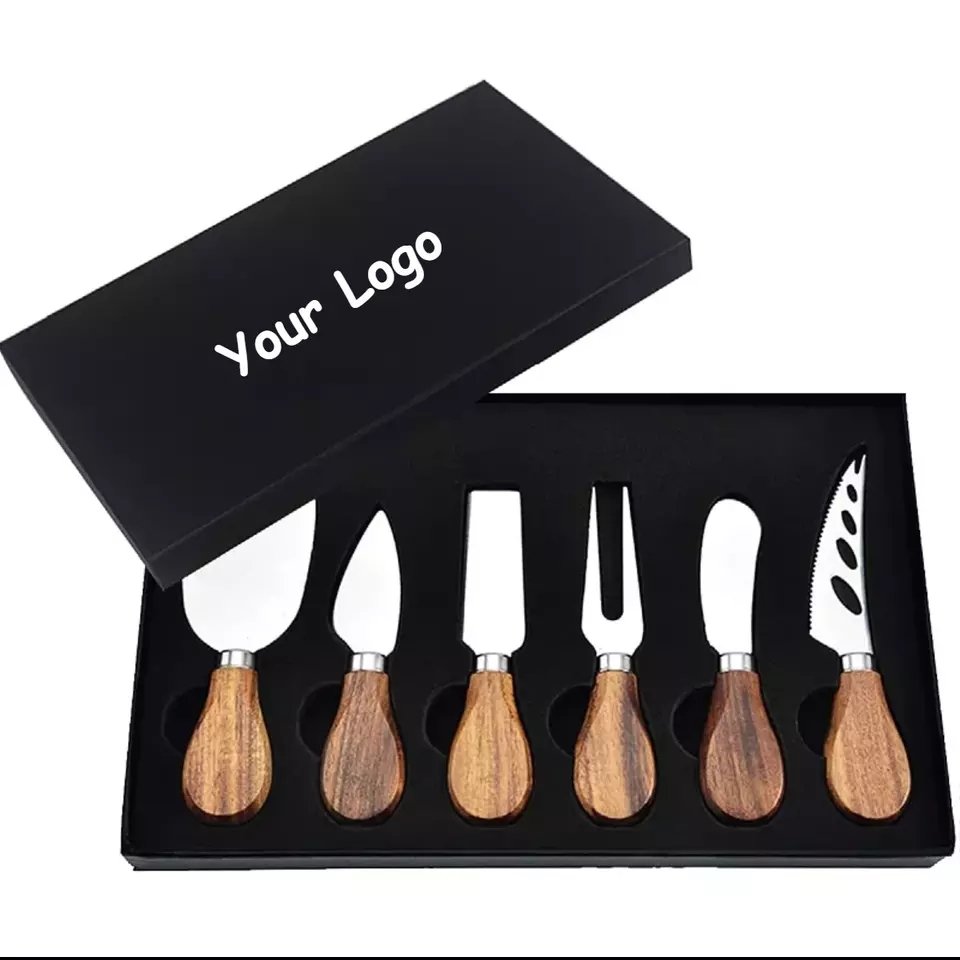Measuring spoons are essential tools in cooking and baking, but what if you don’t have them nearby?
Measuring spoons help you get precise amounts of ingredients, which makes your recipes turn out better. If you don’t have one, there are simple alternatives you can use to measure ingredients accurately.
Keep reading to discover how to measure without spoons and get to know the common sizes and types of measuring spoons.

What can I use if I don't have a measuring spoon?
Running out of measuring spoons can cause stress, especially when cooking needs precision. Don’t worry, you can still measure ingredients accurately without them.
Many everyday items can replace measuring spoons. Common household spoons like teaspoons or tablespoons are good alternatives. You can also use measuring cups or even estimate by eye with some practice.
Alternatives You Can Use
| Substitute Item | Approximate Volume | Notes |
|---|---|---|
| Teaspoon (regular) | About 5 ml | Most similar to a 1 tsp measure |
| Tablespoon (regular) | About 15 ml | Close to a 1 tbsp measure |
| Measuring Cup | Varies (1/4 to 1 cup) | Use smaller cups for spoon sizes |
| Eyeballing | Varies | Less precise, needs experience |
Using a regular teaspoon or tablespoon is the easiest method. They may not be perfectly accurate but close enough for many recipes. When precision matters, try to get a proper set soon.
What are the 4 most common measuring spoons?
If you want to buy measuring spoons, you should know the most common ones. They cover most recipes and give you good flexibility.
The four most common measuring spoons are 1 tablespoon, 1 teaspoon, 1/2 teaspoon, and 1/4 teaspoon. These sizes work well for both dry and liquid ingredients in most kitchens.
Common Sizes and Uses
| Size | Volume | Typical Use |
|---|---|---|
| 1 tablespoon | 15 ml | Larger amounts of liquid or dry ingredients |
| 1 teaspoon | 5 ml | Small amounts of spices or liquids |
| 1/2 teaspoon | 2.5 ml | Smaller amounts of seasonings |
| 1/4 teaspoon | 1.25 ml | Tiny quantities like baking powder |
These four spoons allow you to measure most ingredients precisely enough for home cooking.
What are the 5 standard measuring spoon sizes?
Some sets offer five standard sizes to cover a wider range. Knowing these helps you pick the right set for your needs.
The five standard sizes are 1 tablespoon, 1 teaspoon, 1/2 teaspoon, 1/4 teaspoon, and 1/8 teaspoon. The extra 1/8 teaspoon helps with very small amounts like salt or baking soda.
Detailed Size Chart
| Size | Volume | Notes |
|---|---|---|
| 1 tablespoon | 15 ml | Standard large measure |
| 1 teaspoon | 5 ml | Basic small measure |
| 1/2 teaspoon | 2.5 ml | Half of a teaspoon |
| 1/4 teaspoon | 1.25 ml | Quarter teaspoon |
| 1/8 teaspoon | 0.625 ml | For very small quantities |
Including the 1/8 teaspoon size gives you more control over tiny amounts, which is useful in baking.
What are the most accurate measuring spoons?
Accuracy in measuring spoons depends on material, design, and manufacturing quality. For consistent results, you want spoons that don’t warp or bend.
Metal spoons, especially stainless steel, tend to be the most accurate. They hold their shape and size well over time. Plastic spoons may wear or warp, affecting measurements.
Accuracy Factors
| Material | Durability | Accuracy | Maintenance |
|---|---|---|---|
| Stainless Steel | High | High | Easy to clean, lasts long |
| Plastic | Medium | Medium | Can warp or stain |
| Silicone | Medium | Medium | Flexible, less precise |
| Aluminum | Medium | High | Lightweight but less durable |
For best accuracy, choose stainless steel spoons. They also often have engraved measurements that do not fade.

Are metal or plastic measuring spoons better?
Choosing between metal and plastic spoons depends on what you value more: durability or cost.
Metal spoons are better for durability and accuracy. They resist heat, stain, and bending. Plastic spoons are cheaper and lighter but can degrade faster.
Metal vs Plastic Comparison
| Material | Durability | Accuracy | Maintenance |
|---|---|---|---|
| Stainless Steel | High | High | Easy to clean, lasts long |
| Plastic | Medium | Medium | Can warp or stain |
| Silicone | Medium | Medium | Flexible, less precise |
| Aluminum | Medium | High | Lightweight but less durable |
For long-term use, metal spoons are worth the investment. Plastic is okay for occasional or travel use.
How do I know if my measuring spoons are accurate?
Sometimes spoons don’t measure what they say. You can check their accuracy with simple tests at home.
One way is to fill the spoon with water and weigh it. Since 1 ml of water weighs 1 gram, you can compare the weight to the spoon size. For example, a 1 teaspoon spoon should hold about 5 grams of water.
Accuracy Testing Table
| Spoon Size | Expected Volume (ml) | Water Weight (grams) | Result |
|---|---|---|---|
| 1 tablespoon | 15 | 15 | Check weight |
| 1 teaspoon | 5 | 5 | Check weight |
| 1/2 teaspoon | 2.5 | 2.5 | Check weight |
| 1/4 teaspoon | 1.25 | 1.25 | Check weight |
If the weight deviates significantly, your spoon may be inaccurate or worn out.
How to use measuring spoons correctly?
Using measuring spoons properly ensures your recipe results are consistent.
Fill the spoon until it is heaping, then level it off with a flat edge. Don’t tap or shake the spoon to avoid packing ingredients, especially powders, which can change volume.
Proper Measuring Techniques
| Step | Description | Why It Matters |
|---|---|---|
| Fill Spoon Heaping | Spoon is slightly overfilled | Ensures full amount |
| Level Off | Use flat edge to scrape top | Accurate volume |
| Avoid Tapping | Do not tap or shake spoon | Prevents ingredient packing |
| Use Correct Spoon Size | Use the spoon size specified | Matches recipe requirements |
Following these steps helps maintain recipe accuracy and avoids inconsistent flavor or texture.
What are the 4 spoon measurements?
In general, four spoon measurements are used in cooking: tablespoon, teaspoon, 1/2 teaspoon, and 1/4 teaspoon.
These cover most cooking and baking needs, from small amounts of spices to larger amounts of liquids.
Spoon Measurements Summary
| Step | Description | Why It Matters |
|---|---|---|
| Fill Spoon Heaping | Spoon is slightly overfilled | Ensures full amount |
| Level Off | Use flat edge to scrape top | Accurate volume |
| Avoid Tapping | Do not tap or shake spoon | Prevents ingredient packing |
| Use Correct Spoon Size | Use the spoon size specified | Matches recipe requirements |
Knowing these four sizes is enough for most home kitchens.

What are the most common spoons?
Outside of measuring spoons, the most common spoons used daily include the tablespoon, teaspoon, dessert spoon, and soup spoon.
These spoons serve both eating and measuring roles in kitchens worldwide.
Common Spoons Table
| Spoon Type | Typical Use | Volume (approximate) |
|---|---|---|
| Tablespoon | Eating, measuring | 15 ml |
| Teaspoon | Eating, measuring | 5 ml |
| Dessert Spoon | Eating desserts | 7-10 ml |
| Soup Spoon | Eating soups | 15-20 ml |
While not all are precise for measuring, they often fill in when needed.
What are the 4 types of dry measuring spoons?
Dry measuring spoons vary by shape and design to help measure dry ingredients effectively.
The four main types include flat measuring spoons, scoop-style spoons, nesting spoons, and adjustable spoons.
Types and Features
| Type | Description | Best For |
|---|---|---|
| Flat Measuring | Thin, flat shape | Leveling powders |
| Scoop-Style | Deep bowl shape | Measuring granules |
| Nesting | Set fits inside each other | Space saving |
| Adjustable | Sliding or movable parts | Flexible size |
Choosing the right type helps get accurate and easy measurements for dry ingredients.

What are the 5 measuring spoons that are found in a kitchen?
A standard kitchen usually has five measuring spoons: 1 tablespoon, 1 teaspoon, 1/2 teaspoon, 1/4 teaspoon, and sometimes 1/8 teaspoon.
These cover the range needed for most recipes and baking tasks.
Five Standard Spoons Overview
| Spoon Size | Volume (ml) | Typical Usage |
|---|---|---|
| 1 tablespoon | 15 | Liquids, sugar |
| 1 teaspoon | 5 | Spices, liquids |
| 1/2 teaspoon | 2.5 | Small spices |
| 1/4 teaspoon | 1.25 | Tiny spices |
| 1/8 teaspoon | 0.625 | Very small quantities |
Having this set makes cooking easier and more precise.
How do I know my spoon size?
To identify your spoon size, check the markings on the handle or base. Many spoons have size labels engraved or printed.
If no markings exist, you can measure volume by filling with water and using a measuring cup or scale.
Identifying Spoon Size Steps
| Method | Description | Tools Needed |
|---|---|---|
| Check Markings | Look for engraved labels | None |
| Water Measurement | Fill spoon and measure volume | Measuring cup or scale |
| Compare to Standard | Match to known spoon sizes | Standard spoon set |
Knowing your spoon size helps you follow recipes accurately and avoid mistakes.
Measuring spoons come in many sizes and types. Knowing how to use and check them improves your cooking results.





